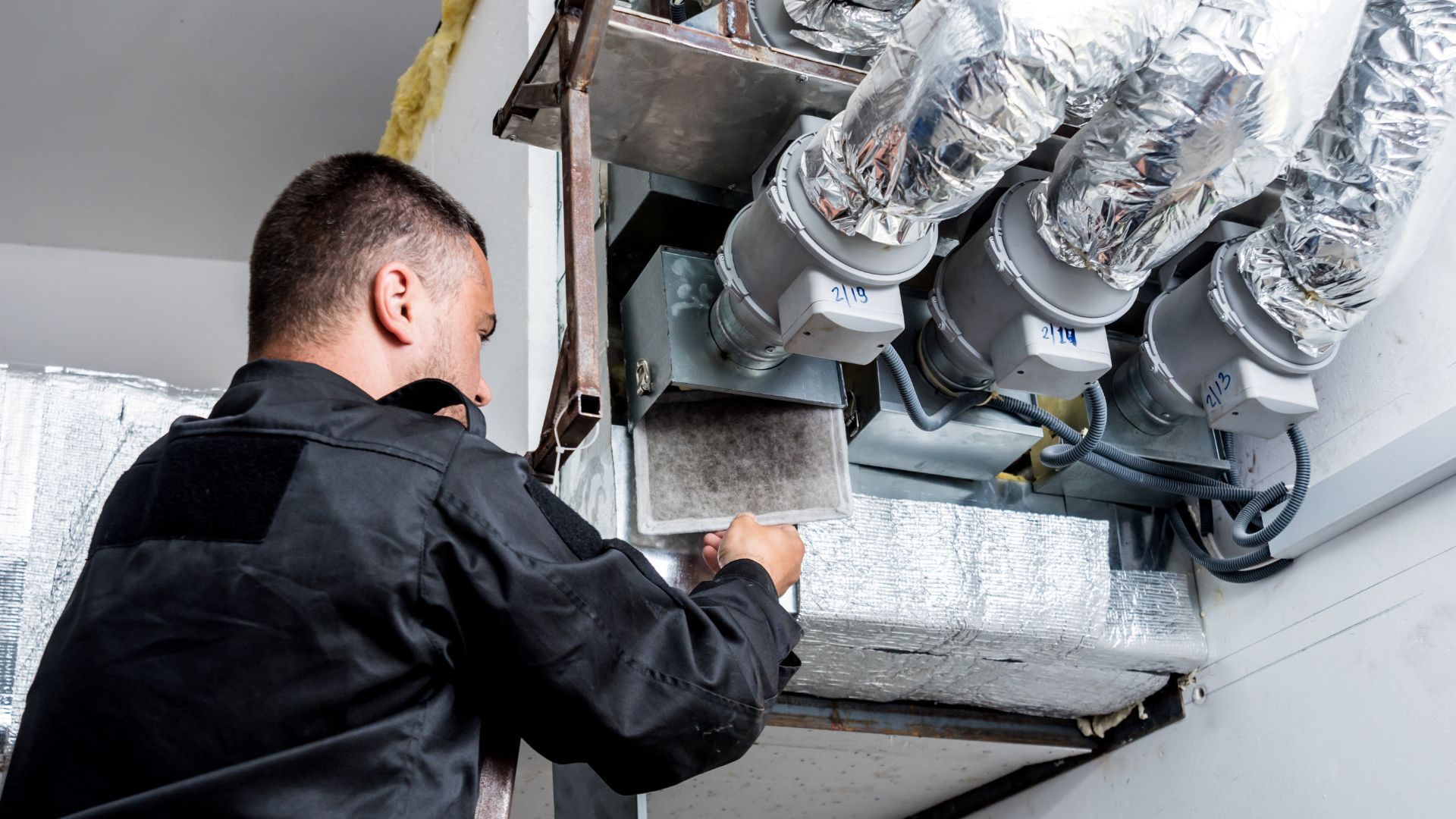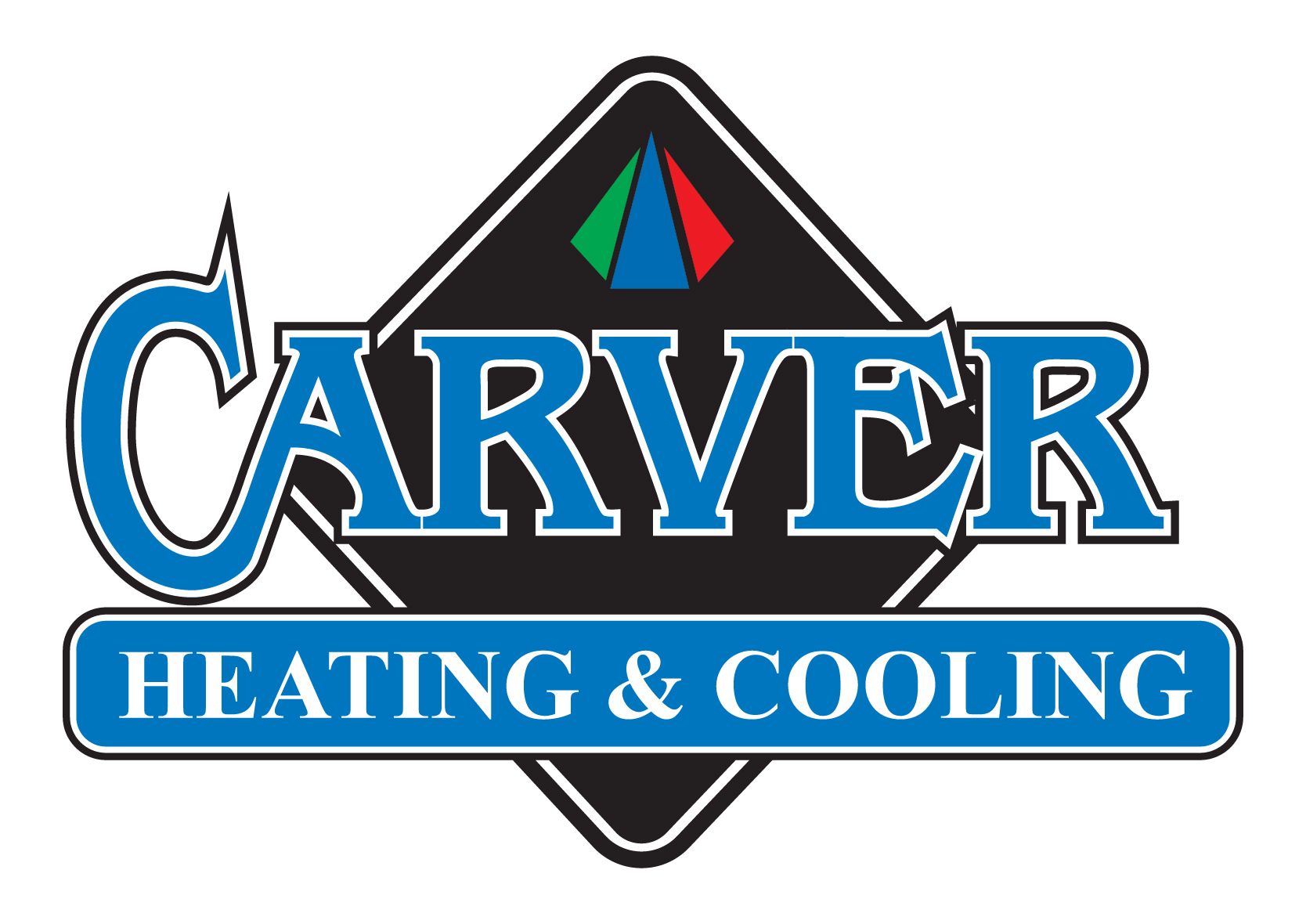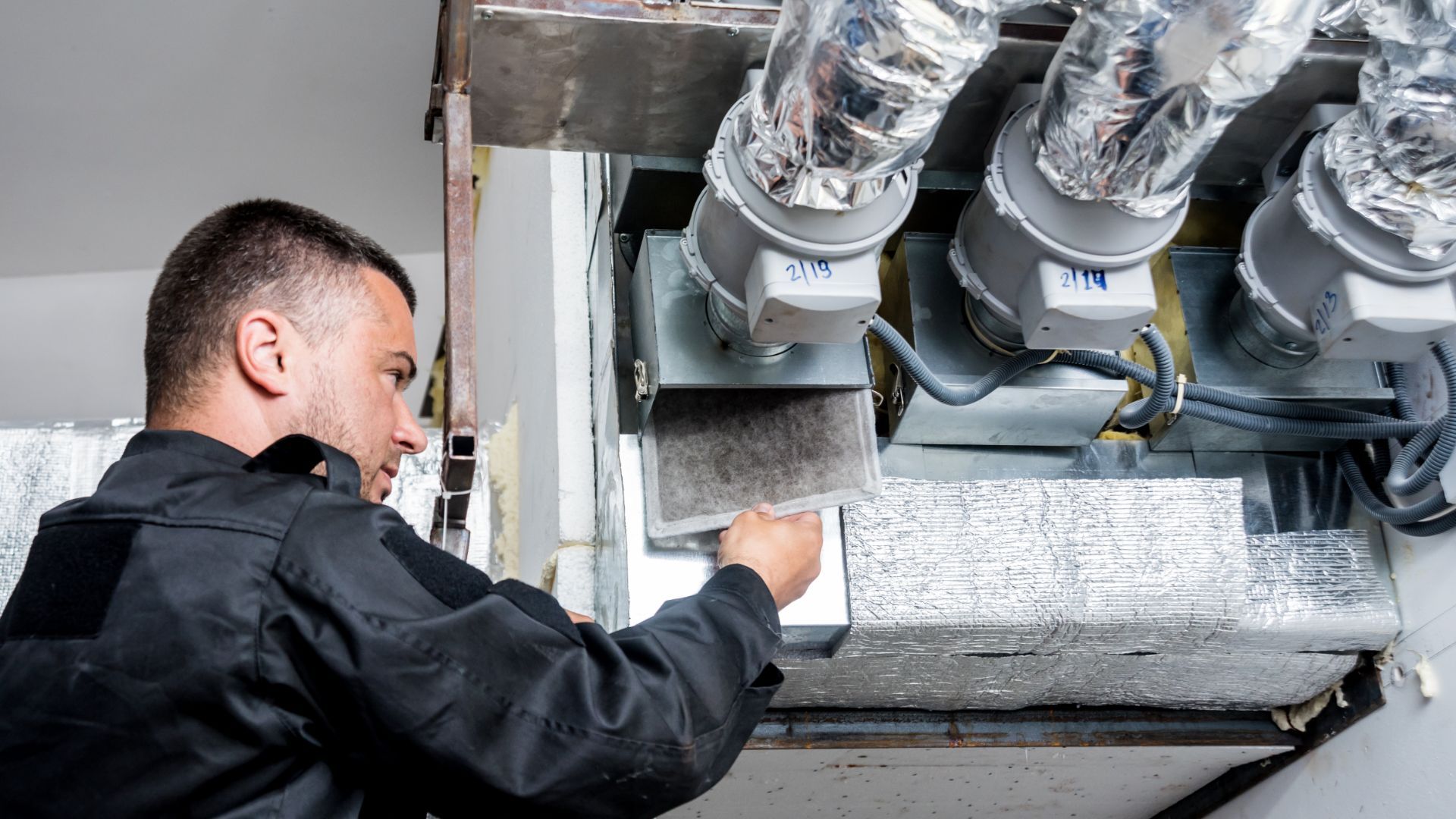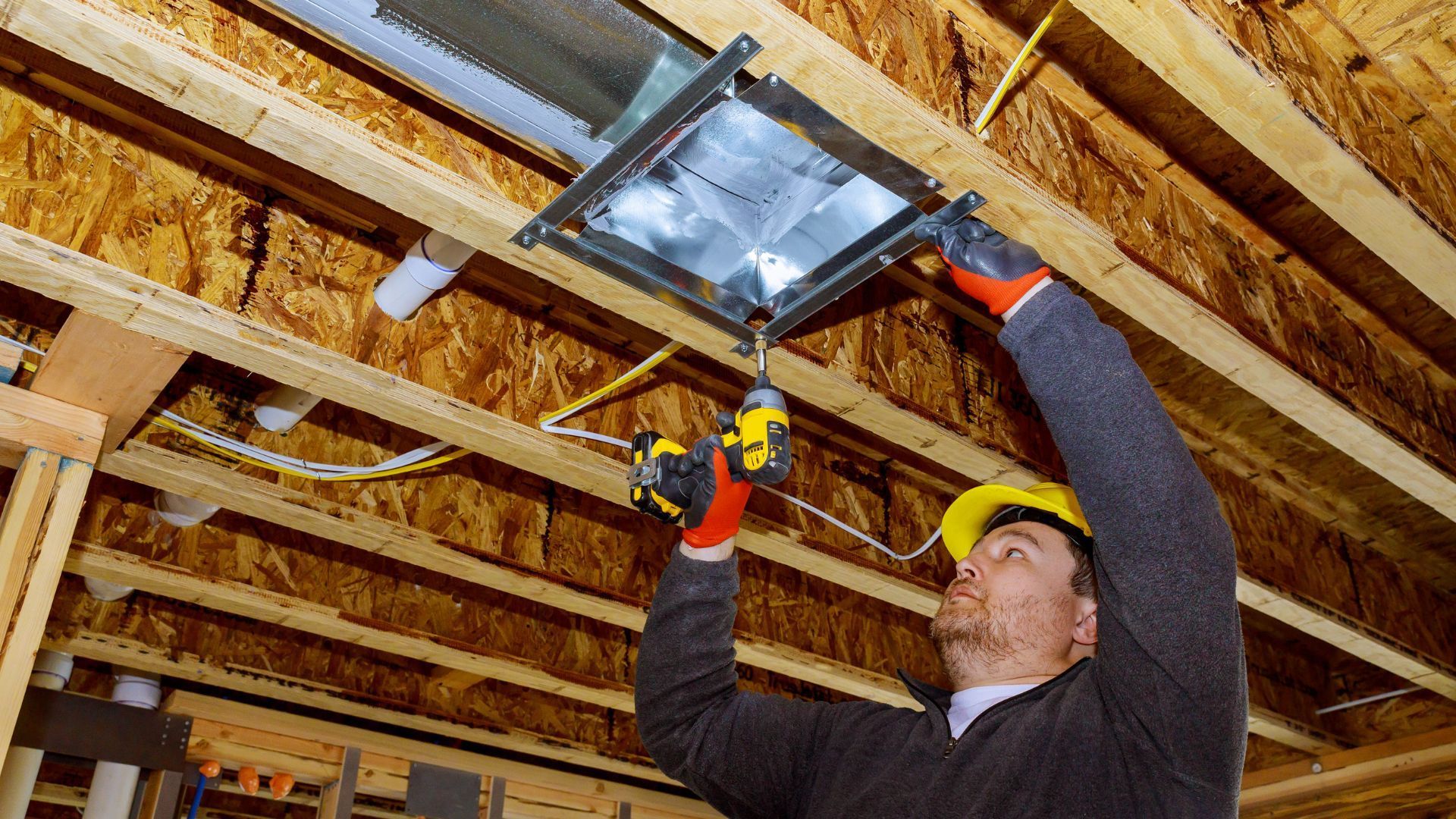High Efficiency Furnaces Venting: A Comprehensive Guide

In the quest for energy efficiency and cost savings, high-efficiency furnaces have become a popular choice for homeowners. These modern heating systems boast impressive performance, but to truly harness their benefits, proper venting is crucial.
In this comprehensive guide, we delve deep into the world of high efficiency furnaces venting, providing valuable insights, expert advice, and answers to common questions.
Understanding High Efficiency Furnaces Venting
High-efficiency furnaces vent differently from their traditional counterparts. Instead of relying on a gravity system, they use a forced combustion system that necessitates sealed venting. This method enhances efficiency by preventing heat loss and ensures the combustion process is safe.
Types of Venting Systems
- Direct Venting: This system draws air directly from outside and expels combustion gasses through a separate pipe. It's highly efficient and minimizes indoor air quality issues.
- Power Venting: Suitable for situations where a vertical vent isn't possible, power venting uses a fan to push combustion gases outside.
- Vent-Free Systems: These systems release combustion products into the living space after thorough combustion, but they require careful monitoring of indoor air quality.
Installation Considerations
Proper installation is paramount for high-efficiency furnace venting. Key factors include:
- Sizing: Ensuring the venting system is the right size for your furnace to maintain efficiency.
- Location: Positioning the vent pipes correctly to minimize exposure to weather conditions.
- Clearances: Maintaining adequate distances from combustibles to prevent safety hazards.
- Benefits of High Efficiency Furnaces Venting
- Energy Savings: High-efficiency venting minimizes heat loss, leading to reduced energy consumption and lower utility bills.
- Improved Air Quality: Sealed venting systems prevent backdrafting, enhancing indoor air quality and safety.
- Eco-Friendly: Reduced energy consumption means a smaller carbon footprint.
Maintenance and Care
To ensure your high-efficiency furnace and venting system continue to perform optimally:
- Regular Inspections: Schedule annual inspections by a qualified technician.
- Cleaning: Keep vent pipes clear of debris and obstructions.
- CO Detector: Install carbon monoxide detectors to monitor indoor air quality.
FAQs
Q: How often should I replace the vent pipes?
A: Vent pipes should be replaced if they show signs of corrosion or damage. Regular inspections will help determine when replacements are necessary.
Q: Can I use my existing venting system for a high-efficiency furnace?
A: In most cases, high-efficiency furnaces require new venting systems due to their unique design and requirements.
Q: Is it safe to install a high-efficiency furnace and venting system myself?
A: It's strongly recommended to hire a professional HVAC technician for installation to ensure safety and proper performance.
Q: What should I do if I detect a strange odor coming from the venting system?
A: If you notice unusual odors, shut off your furnace and contact a technician immediately, as it could indicate a problem with the combustion process.
Q: Can I use PVC pipes for venting my high-efficiency furnace?
A: Yes, PVC pipes are commonly used for venting high-efficiency furnaces, but always follow the manufacturer's guidelines.
Q: How can I improve the overall efficiency of my high-efficiency furnace?
A: Regular maintenance, proper insulation, and setting your thermostat at an energy-efficient temperature can all contribute to improved efficiency.
Conclusion
High-efficiency furnaces venting is a critical aspect of your home's heating system. By understanding the different venting options, ensuring proper installation, and performing regular maintenance, you can enjoy the benefits of lower energy bills and improved indoor air quality. Make sure to consult with a qualified HVAC professional to ensure your system operates safely and efficiently.
Create a warm and cozy environment for your living and working space. Discover a lot more about high efficiency furnaces venting. Don’t hesitate and get in touch with us.










